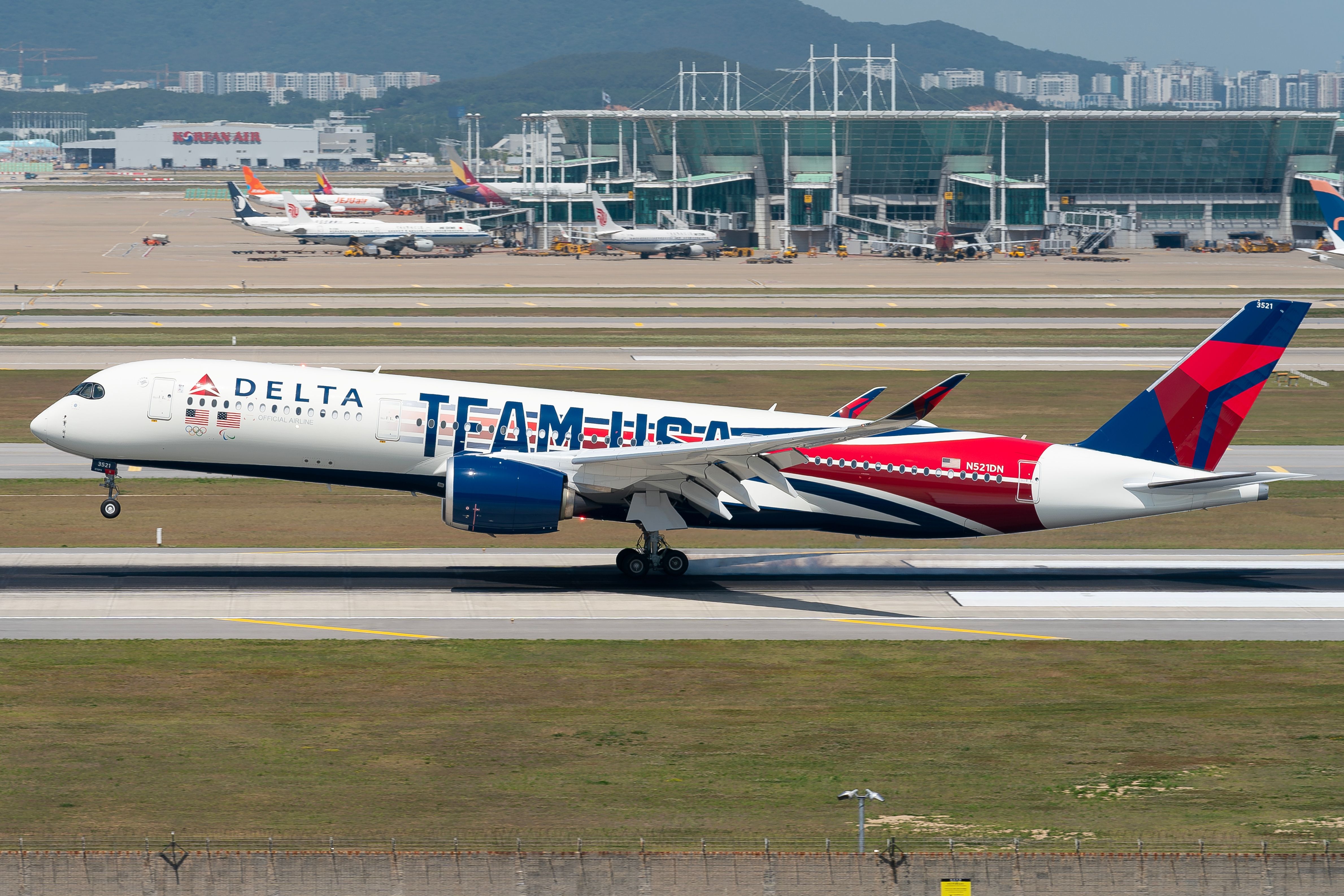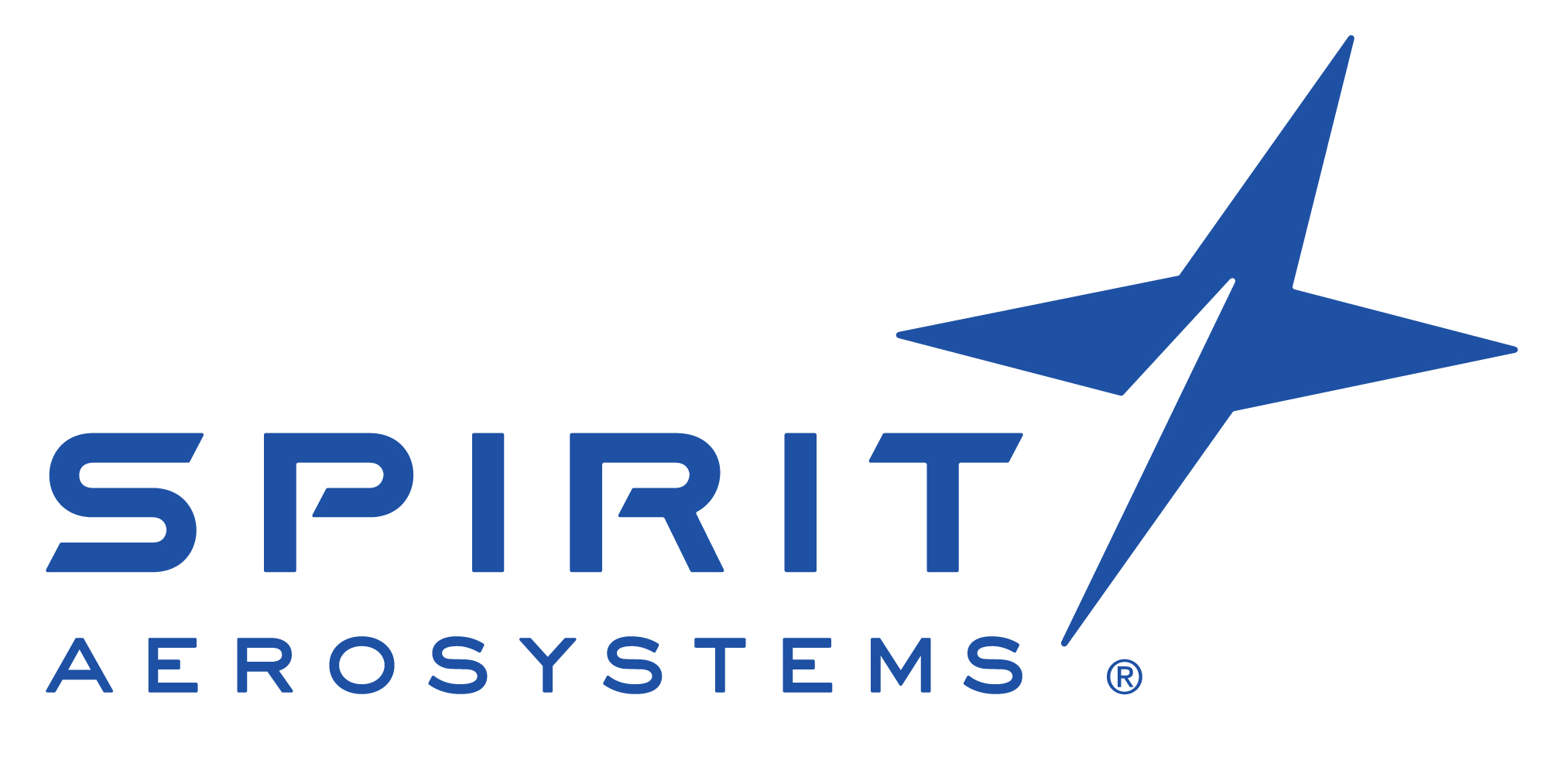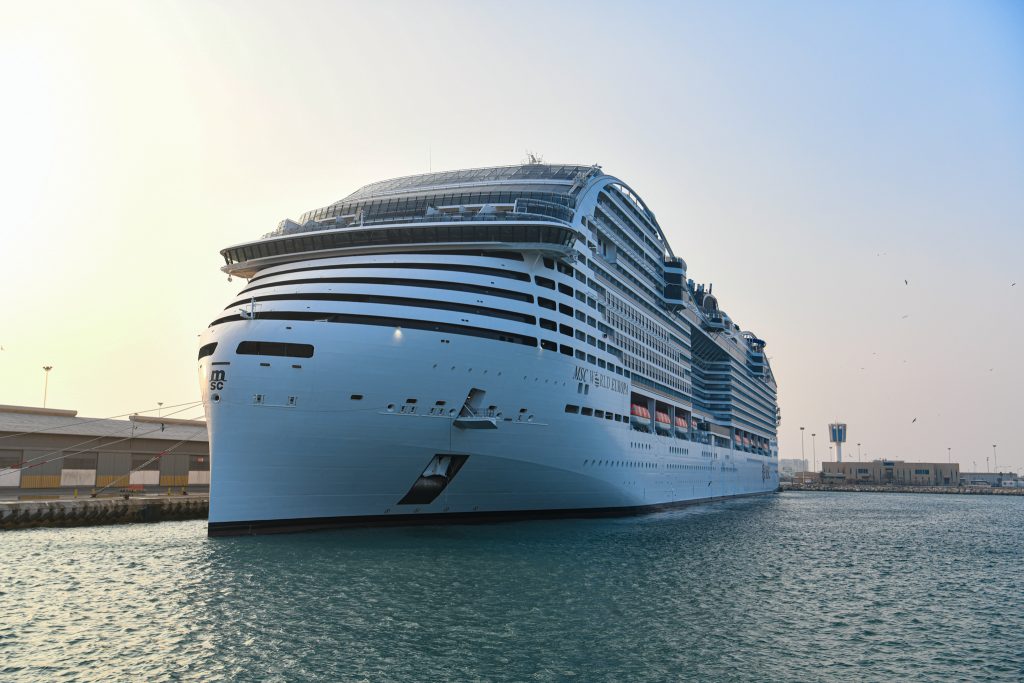Summary Delta strategically deploys A350s from hubs like LAX and DTW to optimize efficiency and meet market demand. A350 routes from hubs like Detroit to key destinations like Shanghai and Seoul emphasize strategic connections. By diversifying A350 routes, Delta improves operational optimization and offers passengers enhanced travel experiences.
Delta Air Lines, renowned for its vast global network, utilizes its fleet of Airbus A350 aircraft on several long-haul routes. The A350, celebrated for its fuel efficiency and advanced passenger comfort, is crucial in Delta's international operations. However, not all of Delta's A350 routes are centered around its primary hub in Atlanta - lets explore the A350 routes that bypass Atlanta, highlighting the strategic importance of Delta's other hubs.
Understanding Delta's route network rationale Delta operates on a hub-and-spoke model, with Hartsfield-Jackson Atlanta International Airport (ATL) serving as the airline's primary hub. However, Delta also maintains significant operations at other hubs, including Detroit (DTW), Los Angeles (LAX), Minneapolis-St. Paul (MSP), and New York (JFK).
The airline's decision to operate A350 flights from hubs other than Atlanta reflects a strategy tailored to geographic efficiency, market demand, and operational optimization. Key A350 routes that bypass Atlanta hub Based on the data provided by Cirium, an aviation analytics company, several significant A350 routes do not serve Atlanta but operate from .

















